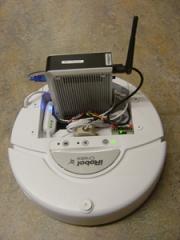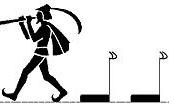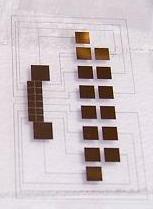We explore the feasibility and methods of using manipulation of a cluttered environment by a humanoid/semi-humanoid robot as an aid to achieving the overall robotic task at hand.
We study this idea in the context of object sorting and object search. For object sorting, we present a robust pipeline interleaving perception and manipulation for sorting small objects on a cluttered tabletop. Here, manipulation of clutter enables better perception as well as grasping. We have also designed a planning algorithm for object search in clutter where the environment is partially observable and the robot needs to move around objects to observe the hidden parts of the world.
- M. Gupta, T. Ruehr, M. Beetz and G. Sukhatme, "Interactive Environment Exploration in Clutter", In IEEE/RSJ International Conference on Intelligent Robots and Systems (IROS), 2013. pdf video
- M. Gupta and G. Sukhatme, "Interactive Perception in Clutter", In the workshop on Robots in Clutter: Manipulation, Perception and Navigation in Human Environments, Robotics: Science and Systems (RSS), 2012. pdf
- M. Gupta and G. Sukhatme, "Using Manipulation Primitives for Brick Sorting in Clutter", In IEEE International Conference on Robotics and Automation (ICRA), 2012. pdf video
- M. Gupta and G. Sukhatme, "Duplo Bricks Sorting by PR2", In The PR2 Workshop, IEEE/RSJ International Conference on Intelligent Robots and Systems (IROS), 2011. pdf video


 (Drawing by: H. Vathsangam)
(Drawing by: H. Vathsangam)
